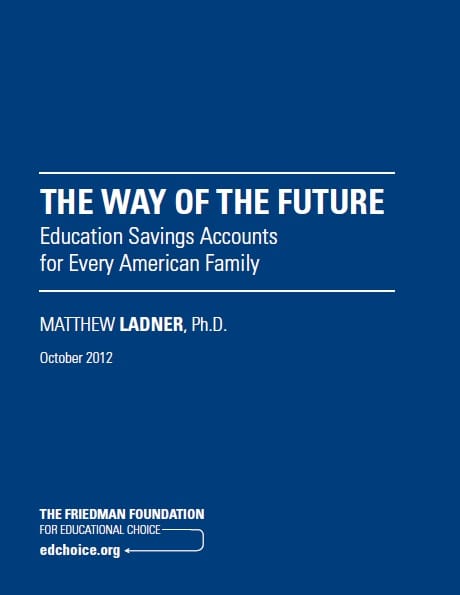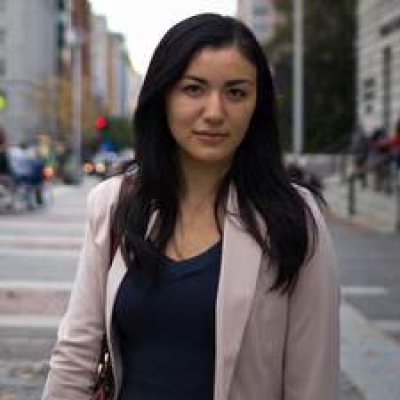 Education Savings Accounts (ESAs) represent the surest way to bring vouchers into the twenty-first century (and help immunize choice programs from Blaine Amendment-based court challenges), argues author Matt Ladner in this informative Friedman Foundation paper. First piloted in Arizona (at a scale much smaller than what Ladner proposes here), ESAs give parents the option to withdraw their children from public or charter schools, deposit the majority of their allotted public dollars into a designated account, and apply that money directly to any number of other academic options—including private schools, online courses, early college options, or even a future college education. With such a funding structure, the study contends, parents will be free to choose K-12 options based on quality and cost, thereby spurring innovation, improving quality, and breaking America of its “education stagnation” and gross achievement gaps. Ladner also explains the legislative safeguards that must be in place for an ESA system to be effective (HSAs and food stamps offer helpful guidance). There is much merit for such a proposed finance system—especially as digital and blended learning models take form. But Ladner’s paper has one overt flaw: Though he trumpets increased equity as a major rationale for ESAs, these calls sound hollow until the paper’s final notes, when the author clarifies that policymakers “can and should vary aid according to individual circumstances and special needs”—that is, that states ought to employ weighted-student funding. The absence of this explanation throughout mutes the piece’s otherwise cogent message.
Education Savings Accounts (ESAs) represent the surest way to bring vouchers into the twenty-first century (and help immunize choice programs from Blaine Amendment-based court challenges), argues author Matt Ladner in this informative Friedman Foundation paper. First piloted in Arizona (at a scale much smaller than what Ladner proposes here), ESAs give parents the option to withdraw their children from public or charter schools, deposit the majority of their allotted public dollars into a designated account, and apply that money directly to any number of other academic options—including private schools, online courses, early college options, or even a future college education. With such a funding structure, the study contends, parents will be free to choose K-12 options based on quality and cost, thereby spurring innovation, improving quality, and breaking America of its “education stagnation” and gross achievement gaps. Ladner also explains the legislative safeguards that must be in place for an ESA system to be effective (HSAs and food stamps offer helpful guidance). There is much merit for such a proposed finance system—especially as digital and blended learning models take form. But Ladner’s paper has one overt flaw: Though he trumpets increased equity as a major rationale for ESAs, these calls sound hollow until the paper’s final notes, when the author clarifies that policymakers “can and should vary aid according to individual circumstances and special needs”—that is, that states ought to employ weighted-student funding. The absence of this explanation throughout mutes the piece’s otherwise cogent message.
SOURCE: Matthew Ladner, The Way of the Future: Education Savings Accounts for Every American Family (Indianapolis, IN: The Friedman Foundation for Educational Choice, September 27, 2012).
